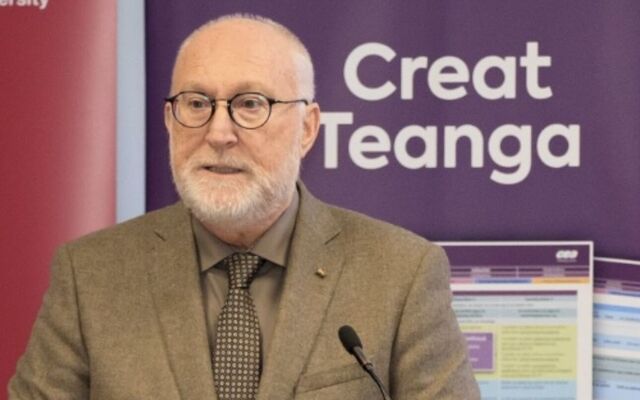A NEW educational resource has been launched by Belfast Charitable Society to help primary school children understand Belfast's past.
This unique resource, which has been developed as part of Clifton House’s 250th anniversary celebrations, will help pupils explore the history of Belfast and its development. Lessons, which tie in with the CCEA Curriculum, are designed to be interactive, encourage conversations and debate.
From early September, Clifton House will be circulating these new resources to primary schools in a phased approach across the North.
Norma Sinte, Chair of the Mary Ann McCracken Foundation explained: “The story of Belfast Charitable Society and its home, Clifton House, is intrinsically linked to the story of Belfast. We have always worked to share this story with different audiences, and this education resource pack allows us to focus on an important new age group – KS2 primary school pupils.
“We were really keen to make this happen this year, the 250th anniversary of Clifton House, as that in itself brings another element of the story and lets the pupils join the wider celebration of this achievement.
"This resource, and the lesson plans within it, will help pupils understand how poverty looked in the past and the role Belfast Charitable Society and Clifton House played in helping those most in need.
"It will bring to life the stories of the children who spent time in the poor house, which were recorded within the rich archive which still exists here."
Máire Uí Éigeartaigh, Principal of Bunscoil agus Naíscoil Bheann Mhadagáin on the Cliftonville Road, added: “It was fantastic to be in Clifton House today to hear more about the new resource that will be available for primary schools.
"History is such an important topic for our children, but with tight budgets and resources limited across all schools currently, it is often not possible to enhance the current offering for our children or make it local.
“This resource will allow all schools the ability to teach our pupils more about Belfast, the place they live. We hope that it will give them a renewed sense of intrigue and interest in where they live, the past that went before them and how it has influenced modern day society today.”








